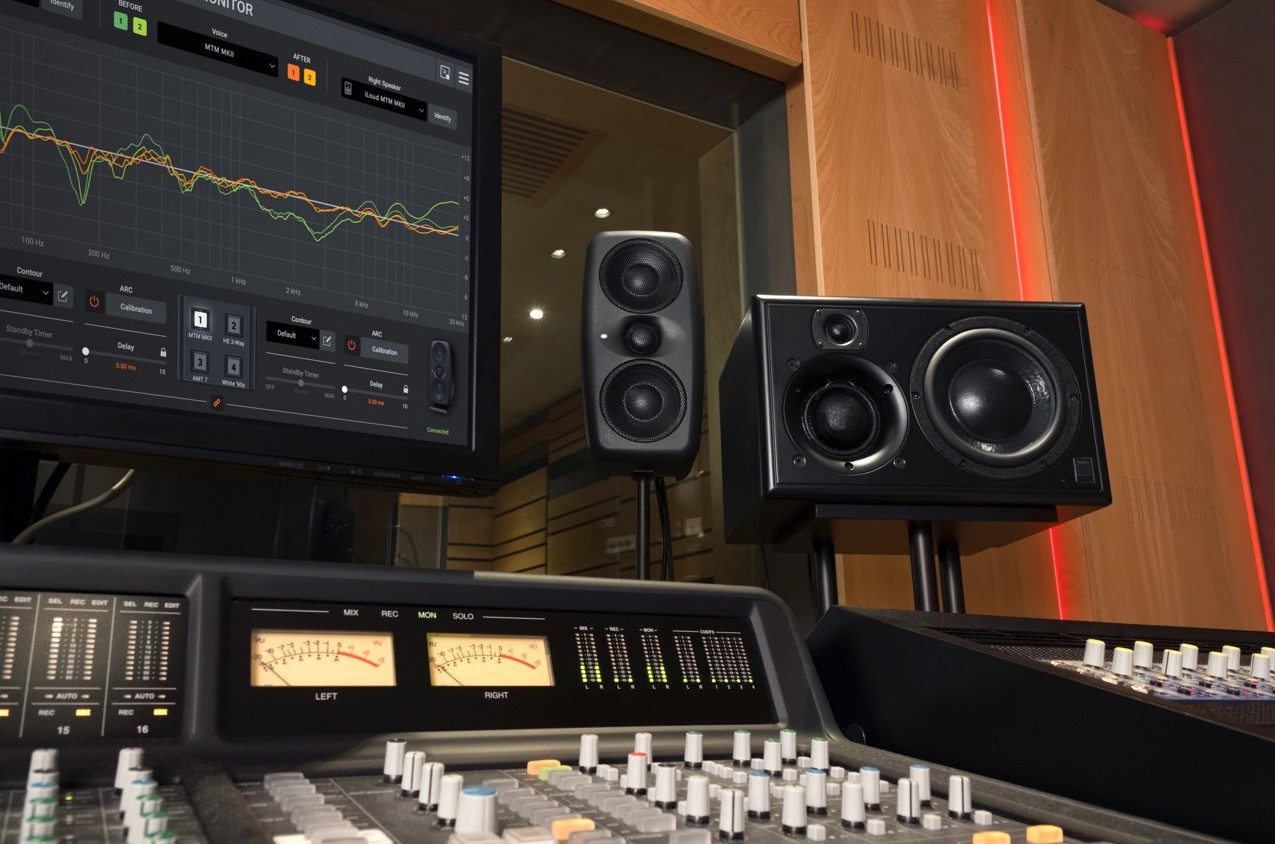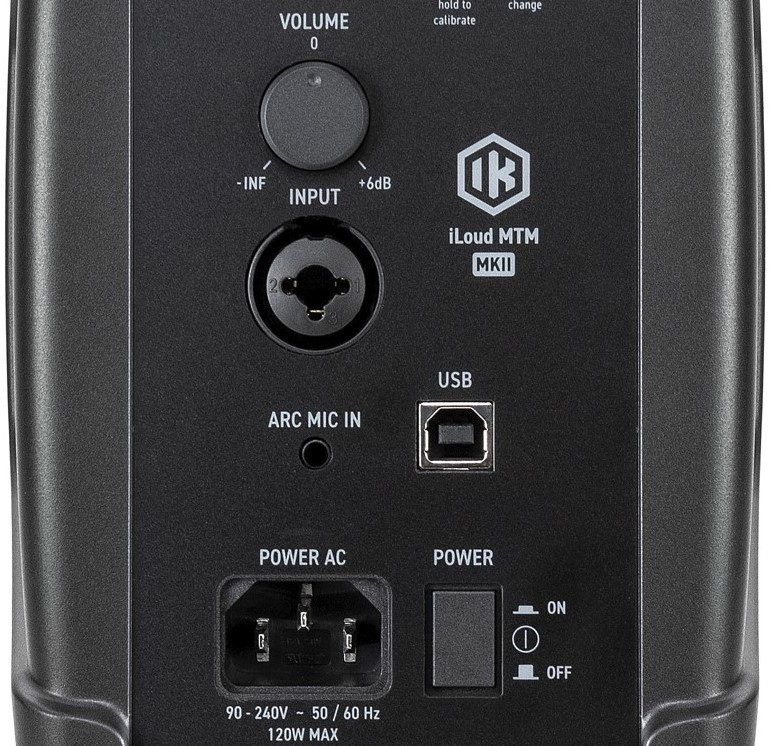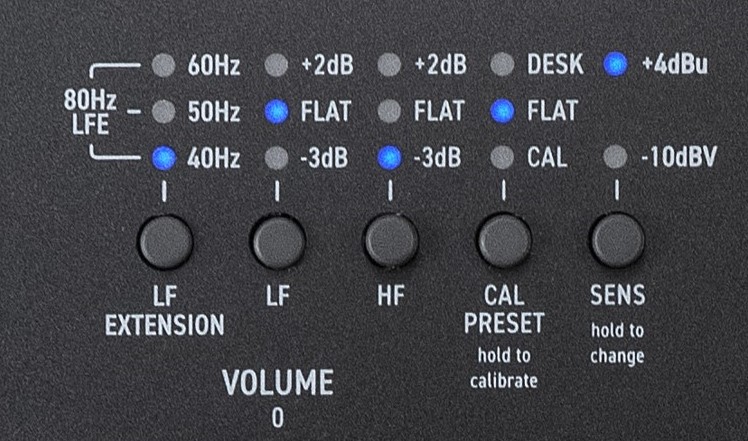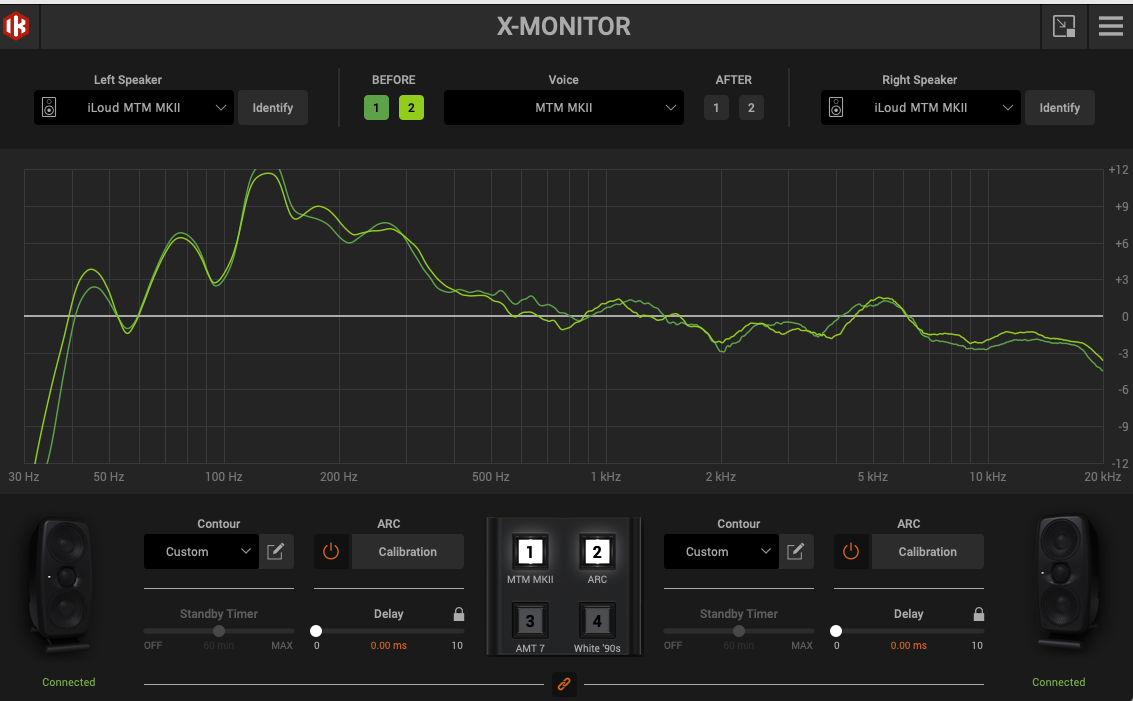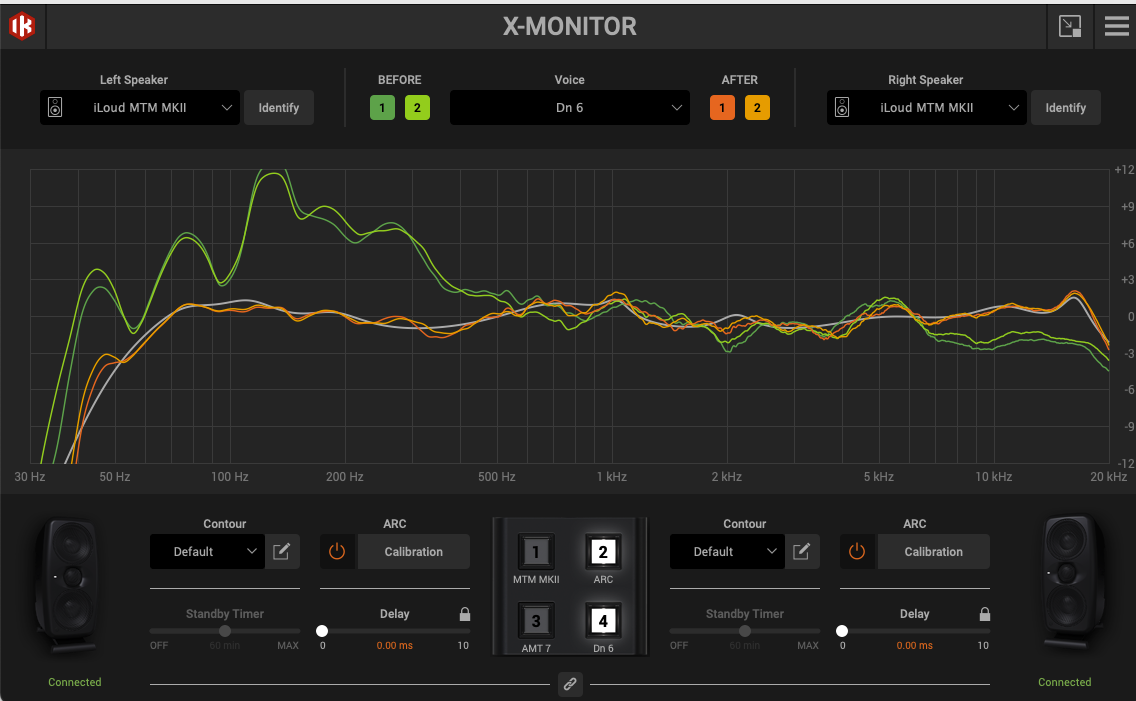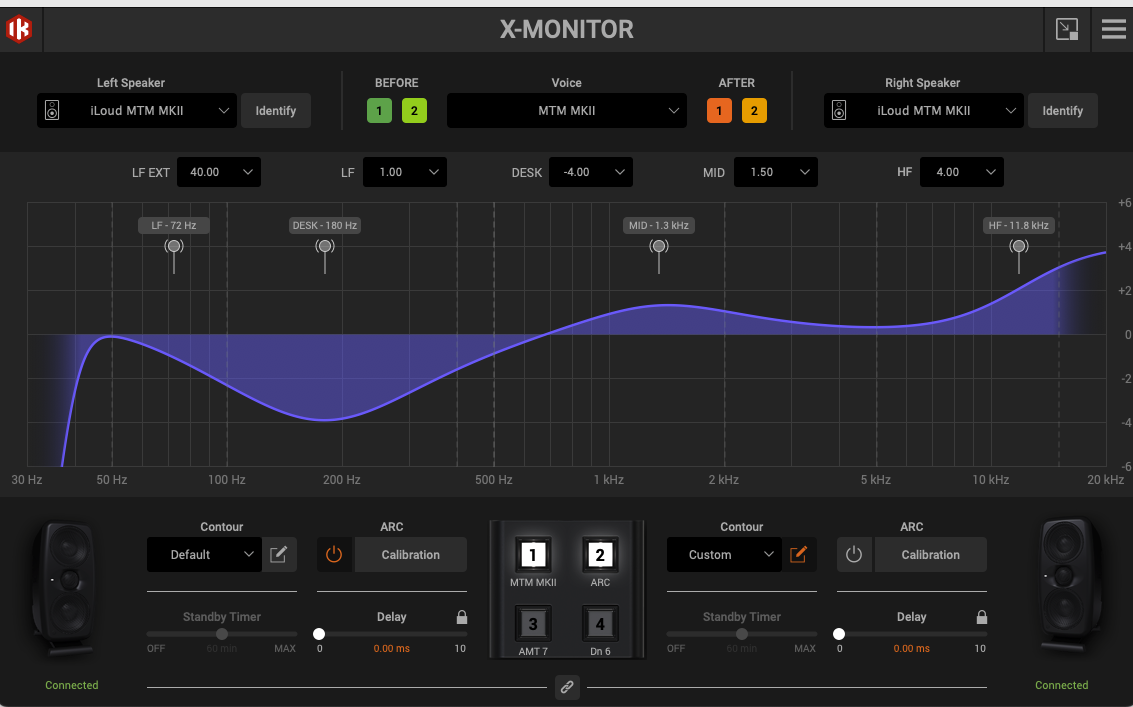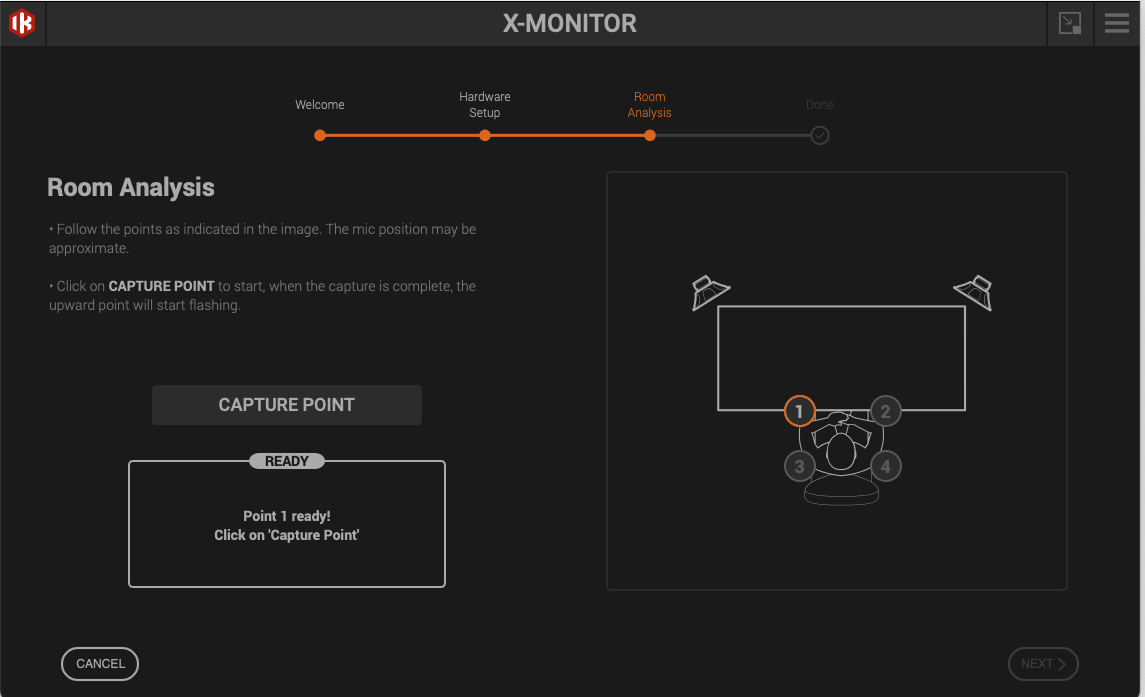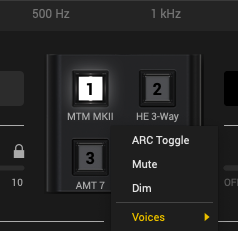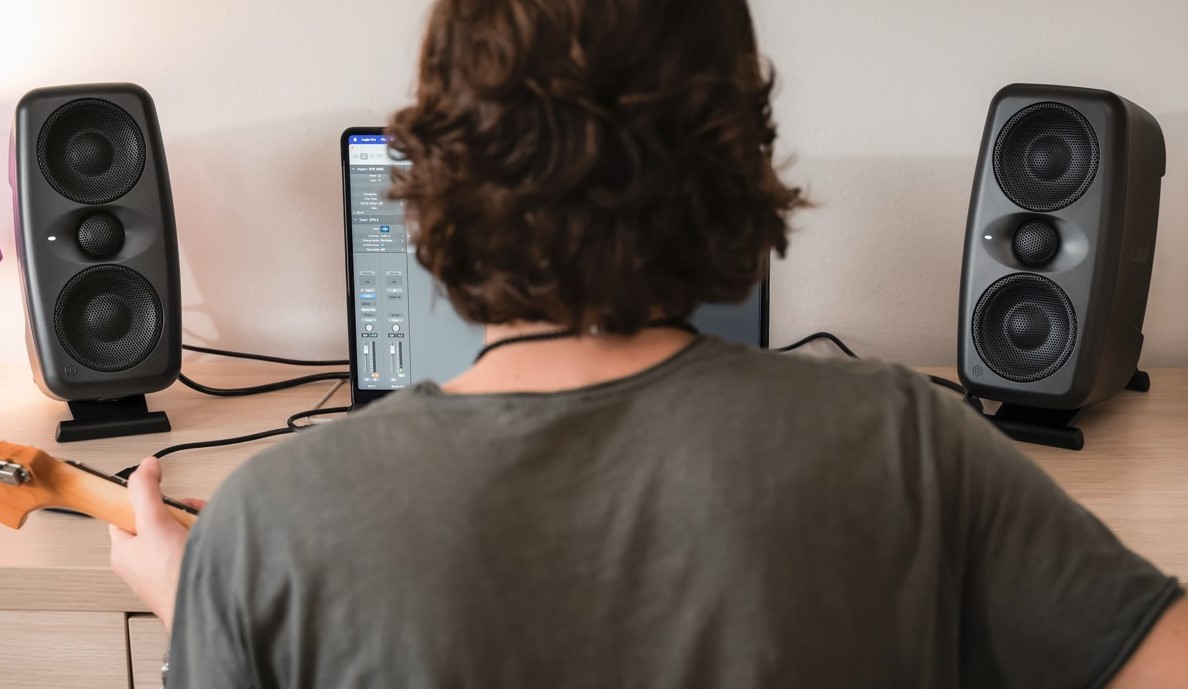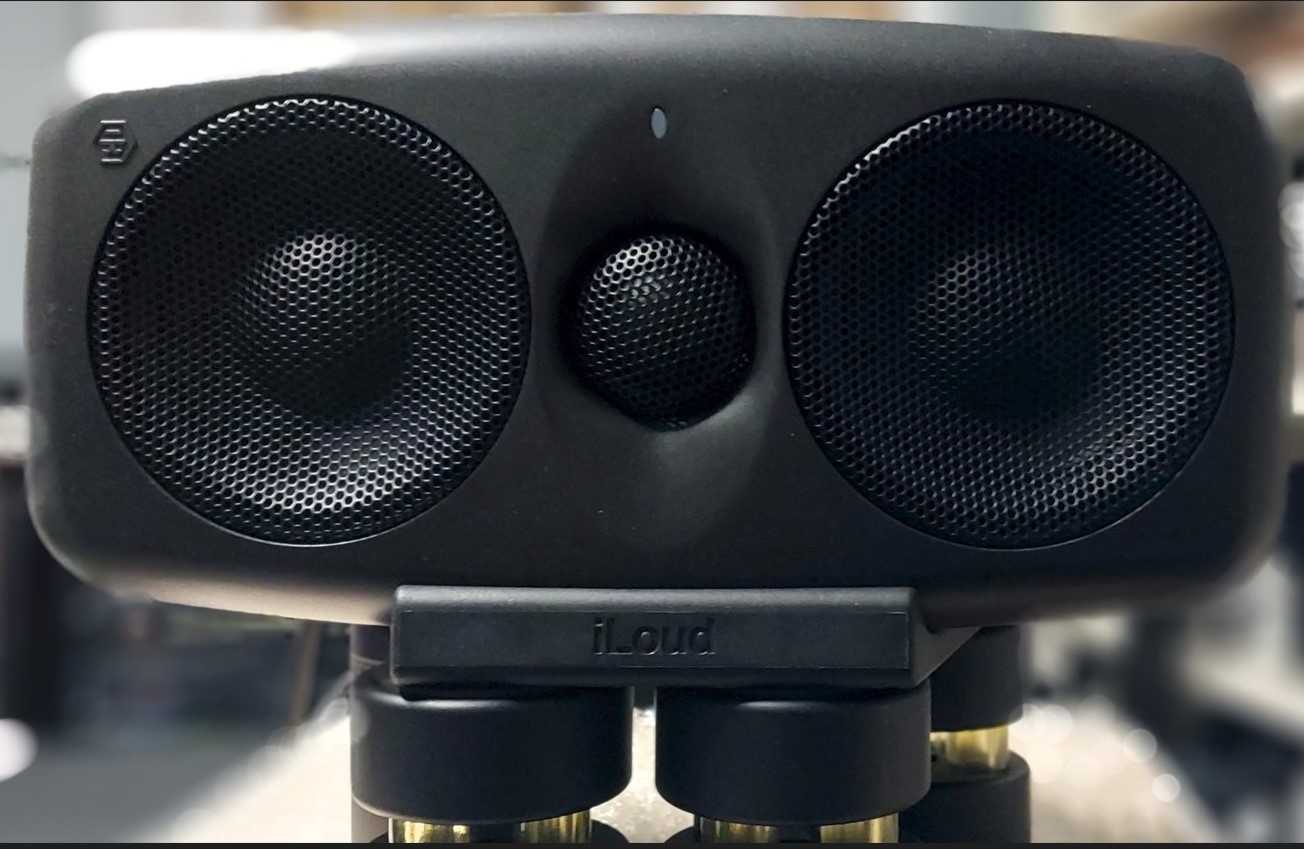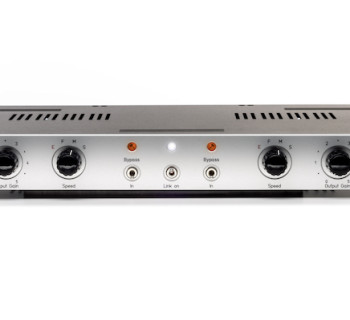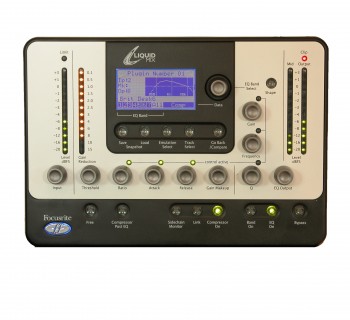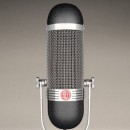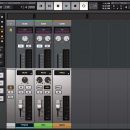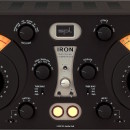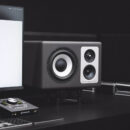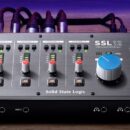The MTM monitors have been one of IK Multimedia's biggest successes, thanks to the ability to calibrate them without software. Now the MK II version promises even better!
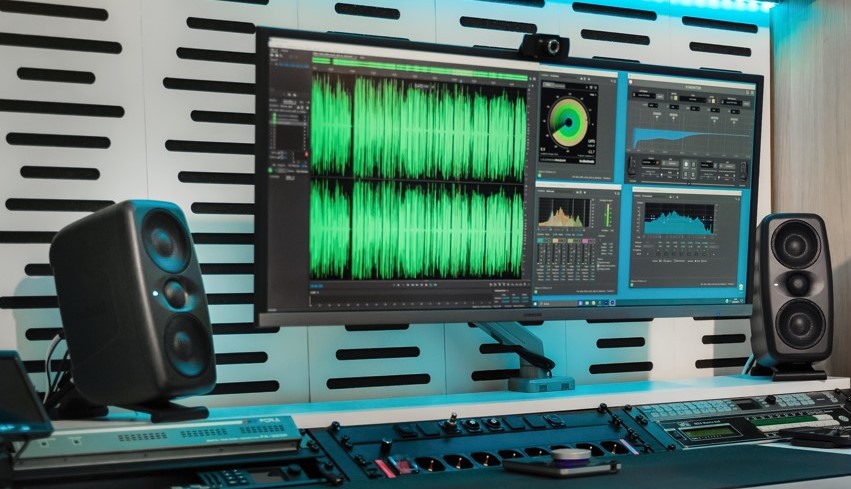 As long as we are talking about nearfield monitors, it is easy to find excellent monitors to calibrate with Digital Room Correction (DCR) systems such as IK Multimedia's newer ARC 4 Studio, with proprietary systems such as those from Genelec or Neumann, or with third-party software such as Sonaworks or Dirac.
As long as we are talking about nearfield monitors, it is easy to find excellent monitors to calibrate with Digital Room Correction (DCR) systems such as IK Multimedia's newer ARC 4 Studio, with proprietary systems such as those from Genelec or Neumann, or with third-party software such as Sonaworks or Dirac.
However, when space is tight and you want to keep the monitors directly on your desk, several problems arise. First, size: small two-way monitors are not large enough to reproduce low frequencies. The desk on which they rest, at the very least, enhances the band around 200 Hz, significantly worsening the quality of reproduction in the mid and high frequencies, with a nice mess in the bass. And then there are the computer video monitors, in our case as many as four, which are ready to reflect any sound wave.
IK Multimedia's solution, with MTM, was clever: a small monitor with a symmetrical midrange-tweeter-midrange design with a 3.5-inch mid woofer and a one-inch tweeter, with a rear bass reflex port, allowing them to be used both horizontally and vertically, thanks to the supports supplied as standard, i.e., two plastic adapters, also being able to define the angle, from 0 to 20° when they are vertical, thanks to a guide and block with a screw supplied as standard, or placed horizontally.
The MK II series is no different from its predecessor when it comes to accessories: in the package, in addition to the two plastic adapters, are two USB cables for connecting to the computer and running X-Monitor (one of the MK II series' new features), the ARC omnidirectional condenser measuring microphone with microphone stand, which requires phantom power, with its own 1/8-inch jack cable to connect to the monitor for calibration, and power cables. Monitors can be supported by a microphone stand, thanks to the standard thread inserted into the cabinet.
Hardware
MTM MK II are two-way, three-speaker monitors, biamped in Class D (70 watts for LF and 30 watts for HF), and digitally controlled. The two LF drivers are made of composite cellulose fiber, while the tweeter is one-inch with a silk dome and rear chamber. The drivers are new compared with the previous version.
The rear bass reflex port is handled by DSP, as is the crossover placed at 2.8 kHz. At +4 dBu input sensitivity, with a signal at -6 dB, the SPL at one meter is 94 dB, with a maximum continuous SPL of 97 dB. The single monitor reaches 110.5 dB peak SPL at one meter.
The frequency response ranges from 48 Hz to 28 kHz +/- 2 dB. (-10 dB at 36 Hz and 32 kHz). The internal DSP works with a 96 kHz converter.
The total latency is 2.44 ms, and the weight is 2.5 kg. The dimensions of the woofers and tweeter are the same as the previous model, with multicolor LEDs, controls on the rear panel, a balanced XLR combo, 1/8” input for the ARC microphone, a USB port, and a power button.
Controls
The reference point for SPL calibration is at the 12 o'clock position on the rear panel volume control (previously it was to be set to maximum), which now ranges from -infinity to a +6 dB gain. The rear controls, all of which are also programmable from the X-Monitor when each MTM MK II monitor is connected via USB to the computer, are made with buttons with LEDs that recall the settings: LF Extension (HPF at -3 dB at 80 Hz with all three LEDs on or at 60, 50, or 40 Hz), shelving filter on high frequencies at 8 kHz with values at -2, 0 and +2 dB, shelving filter on low frequencies at 100 Hz at -3, 0 and +2 dB, and choice of sensitivity level between +4 dBu and -10 dBV. The penultimate button is dedicated to recalling desktop equalization (-4 dB at 160 Hz and +1 dB at 1.8 kHz), flat response, or accessing calibration functions and their curves.
We must note that, and herein lies the most interesting novelty: all these parameters are accessible with X-Monitor, a free application that allows you to go beyond these settings. Once the monitors are calibrated, there is no longer a need to connect to the microphone or USB: thanks to the rear buttons, all functions can be called up, but undoubtedly the connection to the X Monitor app is much more convenient.
Calibration
Here is the second big difference: MTM MK II calibrates to four different points relative to the listening position. The first series included only one point. The MK II version includes the same version of the ARC algorithm used on the Precision series, with related calculations on the internal DSP and creation of the curve, which will be visible on X-Monitor, with the possibility of changing the global equalization exactly as in ARC Studio and ARC 4. The four calibration points are around the listener's head, and, again through X-Monitor, it is possible to follow the indications on the position, proceeding on the software instead of using the back button on the monitor. Without X-Monitor intervention, calibration is automatic using the Cal button, which plays the sweep and analyzes directly on the internal DSP. Obviously, the procedure must be performed for each individual monitor because calibration is always done using one monitor at a time, with four sweeps for each measured point. At the end of the procedure, which takes less than five minutes, you will be able to recall the curve with the back button or from the X-Monitor. There is no need to set levels; everything is already preset by IK Multimedia for maximum simplicity.
X-Monitor
Third new feature for MTM MKII: now MTM MK II also accesses the control software, until now reserved for the Precision series. From X-Monitor, it is possible to calibrate monitors, name monitors, save and recall calibration, decide to superimpose an EQ that mimics other monitors or different mixing room sizes, set a delay in milliseconds, and change the EQ curve. Activating Contour brings up all the settings on the rear panel. At the bottom, centrally, there are four buttons to assign function recall or emulations of other monitors. The X-Monitor also shows the measured frequency response and that which results from calibration. Nothing, of course, prohibits using the ARC 4 system outside the X-Monitor environment; however, it is not possible to load ARC 4 presets into X-Monitor; there is no compatibility between X-Monitor and ARC 4 calibration.
Under test
There are at least two different situations involving the MTM MK II monitors: placement on a desk with a computer or laptop, probably with a nice back wall and a video monitor, and placement on monitor that stands at a higher height than the video monitors, further from the sound engineer's ears and with more space between the audio monitor and ears. The two possibilities give different results, as is obvious.
Let's start by saying that the MTM MK IIs are built with precision and care, but they do have one potential flaw: the well for the power cable has the ground in such a position that using an L-shaped cable, the same cable tends to obstruct the rear power button. The power cables supplied as standard do not have this problem, being linear. There are no controls hidden in the buttons, except for the calibration mode, which requires reading the manual to learn that it takes four measurements for each position to finish the calibration. It is best to do this from X-Monitor for convenience.
The latter replicates many of the functions of ARC 4, although calibration is simplified. Staying with X Monitor, we appreciated the ability to save different calibrations and the assignment of functions to the four buttons at the base of X-Monitor. For example, one can associate activating or not activating the calibration, even if it is already available as a function on the main page, Dim and recall other presets, whether they are custom calibrations or monitor emulations. Switching from one calibration to another is quick but not immediate.
The heart of the test was the two positions and calibrations. Placed on the table, MTM MK II sounded medium and the negative influence of the desk top was clear. We then calibrated them with X-Monitor and it was like opening the window to let the sunshine in! Reproduction becomes correct, easily translated by hearing when it comes to details and transients, with a nice balance of the frequencies we hear on our much higher-cost and bulkier monitors. The position on the desk, unfortunately, sacrifices a lot of soundstage: being very close to each other, with a triangulation of less than a meter with our ears, there can only be little air around, with a good effect on pan but a net reduction of stereo depth, especially when it comes to reverberation and air on high frequencies. Miracles cannot be worked! Under this condition, however, we calibrated the MTM MK IIs with ARC 4, which requires many more points, and the result improved again, especially on the perception of low frequencies, which were deeper and cleaner. Using ARC Studio, the difference between the two calibrations can be heard immediately, in favor of ARC Studio. There is room to experiment with different positions on X-Monitor when calibrating the MTM MK IIs. Under these conditions, which are not ideal but often frequent in small recording or home recording studios, the MTM MK IIs were great for finalizing productions and the mix, avoiding mistakes on the equalizer. Given their size and the ability to put them upright, there are in fact no viable alternatives to MTM MK IIs for those working in these small spaces and looking for a professional result that they can take home without too much difficulty.
The second test was carried out in the studio, replacing the nearfield monitors we usually use with the small MTM MK IIs placed horizontally and at just the right angle to point at the ears. This time the listening triangle was much wider, with no rear obstacles and DMSD decouplers. Definitely a more professional condition.
Picking up some productions and our playlist for critical listening, the MTM MK IIs showed their full potential: despite the drivers, the bass was there (thanks also to the coupling with the acoustics), the mids were well defined, and we found a lot of air above 8 kHz that returned a fine soundstage, exciting but always precise, without giving anything away to the sound, which remains vigorous and powerful despite its size. Calibrated with ARC 4, once again MTM MK II had an improvement. With both calibrations removed, a greater focus on the midrange is shown, at the expense of the low frequencies. With internal calibration, the results were striking, compared with no calibration, and with better balance than other monitors, so much so that they were more transparent.
They are not completely neutral, however, because they have a timbre that is more compact in the high frequencies, which helps to distinguish some tracks better, especially the voice, which is always reproduced with a wealth of detail. If you close your eyes, you do not expect such great soundstage reproduction from such small monitors, maintaining a precise central focus both horizontally and vertically. We have always preferred them placed horizontally because they have greater lateral dispersion. Used around 85 dB SPL, they hold up well to the job, but occasionally we would have preferred to have a little more power, although it is understandable that beyond that we cannot go for lack of space due to their small size.
Conclusions
The iLoud MTM MK IIs are internally calibrated monitors with excellent value for money, considering the bundle and features. They have many advantages: they are small enough to fit on a desk but also suitable for nearfield listening, and they have in internal calibration, which is their greatest strength. Everything comes standard, with our compliments on the completeness of the accessories, and you are immediately ready to work.
The iLoud MTM MK II are the first monitors to be considered for those who work in home recording and project studios and want to finally solve their listening problems without necessarily investing in a separate calibration system.
For professional production and recording studios, they are those monitors that always find a place, because of their small footprint, when you need other listening or require a small, safe, high-performance listening system that is transportable or usable on the fly for musicians. Wherever you put them, they require only five minutes of calibration to be operational and reliable.
IK Multimedia has hit the jackpot again. If you have the chance, find a store or studio that has a pair and listen to how far they can go with their calibration. We bet you'll be amazed?
Pro
- Excellent reproduction once calibrated
- Accessories included
- Automatic internal calibration
- Small footprint
- Construction
Cons
- X-Monitor cannot import curves generated with ARC 4
Price:
- € 799.99 per pair with ARC microphone included
- € 399.99 single monitor without microphone
IK Multimedia


